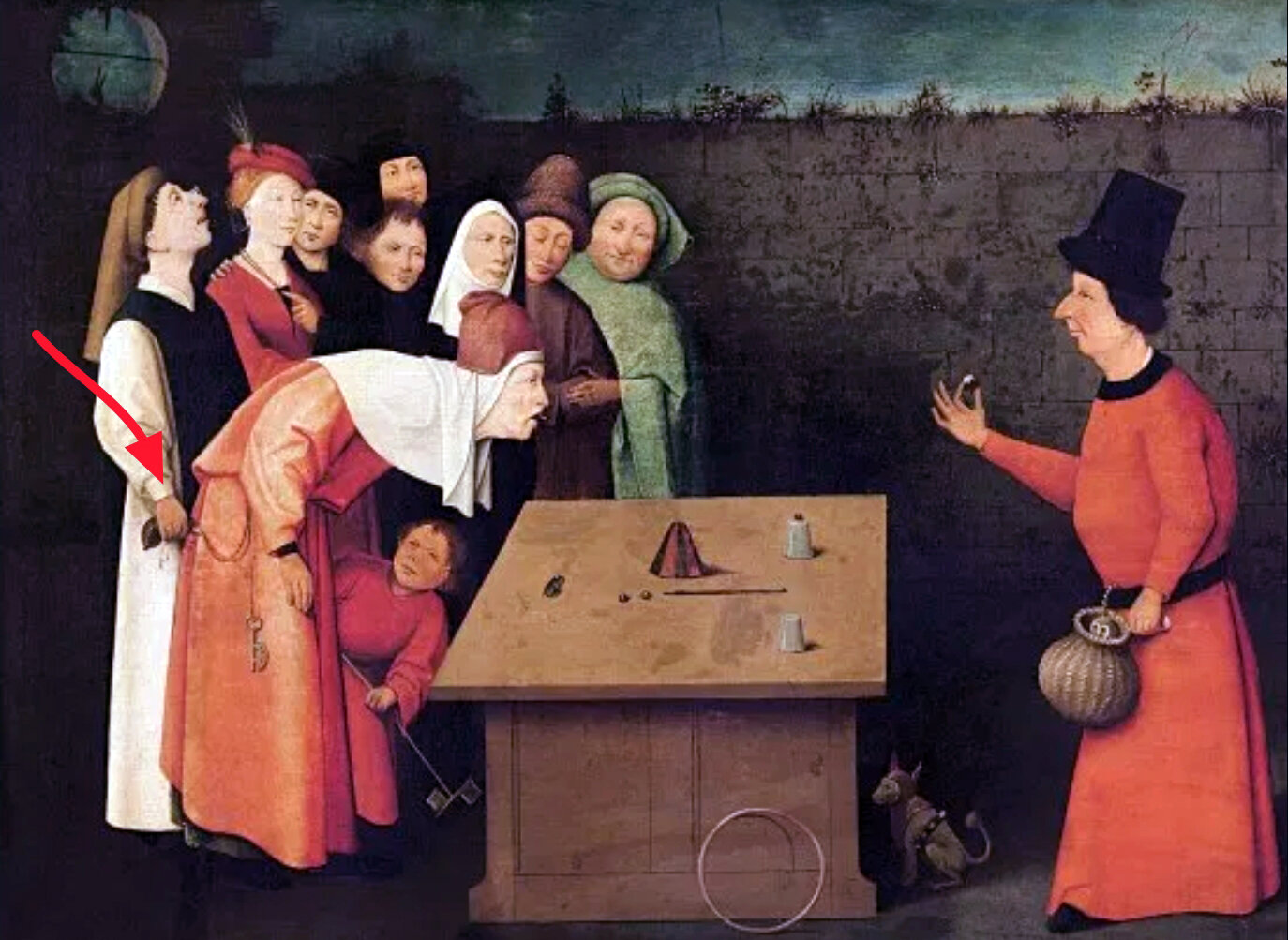The Psychology of MisdirectionThe Psychology of Misdirection
On the planet of theatrical impression, misdirection is a kind of deceptiveness that stands out of the target market to a specific point to distract it from one more. Controlling interest of the audience is the goal of every theatre, and also is the main demand of any type of magic act. It doesn’t matter if the magic is a “pocket method” variety or an extensive phase productionthat depends on misdirection, it is the primary element. The term is used to define either the outcome (the eye’s focus being drawn to a things that is trivial) or the sleight of hand or patter (the illusionist’s speech) that triggers the illusion.
It’s difficult to determine who coined the term, but an early mention of misdirection is found in the writing of a renowned writer and illusionist, Nevil Maskelyne: Admittedly, it is a method of distracting the senses of the audience in order to screen from being aware of certain information for which secrecy is required. Around the same time, the magicianand artist Tarbell noted, Nearly all the art of sleight of hand depends on this art of misdirection.
A few magicians who have studied and evolved misdirection techniques are Nate Leipzig, Max Malini, Tommy Wonder, Derren Brown, Juan Tamariz, Tony Slydini and Dai Vernon.
Henry Hay describes the central act of conjuring as manipulation of interest.
Many magicians misdirect audience attention in two basic ways. The first is to make the audience look away for a fleeting time, so that they aren’t aware of a act or gesture. The other approach re-frames the viewers’ perceptions, leading the audience into believing that some other factor is a significant factor in the performance when it really isn’t a factor in the outcome in any way. Fitzkee says that the true skill of the magician is in the talent of his performance in changing the mind of the audience. Additionally, sometimes a prop such as magic wands aids in distraction.

misdirection, even the most adept sleight-ofhand or mechanical device will fail to make an impression of convincing magic. Without doubt, misdirection is the keystone of all effective illusions.
Misdirection exploits the limitations of the human mind to create a false picture and memory. The brain of an average spectator can only focus on one thing at the time. The magician uses this to manipulate the perceptions or ideas of the audience of sensory input, leading them to false conclusion.
Magicians have debated the use of the term, misdirection, creating a great deal of discussion about what it is and how it functions. The distinguished illusionist Jon Finch identified a difference in misdirection from direction. One is a negative wordas opposed to the other, positive. In the end, he sees the two as the same thing. If a performer some means, has directed the mind of his viewers to believe that he’s done something he hasn’t done, he’s wrongly directed them into this beliefwhich is why he has misdirected them.
Tommy Wonder has pointed out that it is much more effective, from the magician’s viewpoint, to concentrate on the goal of directing attention to the audience. He writes that misdirection suggests an untrue direction. It suggests that attention is diverted away towards something. By constantly using this termit becomes it is ingrained into our brains that we may begin to see misdirection as taking attention away from rather than toward something.

Tony Slydini clarified that if an illusionist believes it, the target market will believe it, and magicians are something that they can not see. It is true that people think what the illusionist does and after that follow the magician. misdirection recommendations